What is Travel Photography ? Well as the name says: you travel to places: close by and far away. And you make photographs. Photos of all kinds of things. All sorts of photography: Portraits from the lovely or hateful people you meet along the way, Food pics from the lovely or stomach pain dishes you eat along the way, Landscape photos from all the stunning landscapes you travel through, Event photos from all the cultural and traditional events you join/observe…. and so i can go on. Travel Photography is, in my opinion, very diverse and combines all the photographic directions in one. Portrait, landscape, nature, food, event, etc. It all comes together in Travel Photography.
In this article i will discuss: The Travel, The Gear and The Photography. Let;s get started !
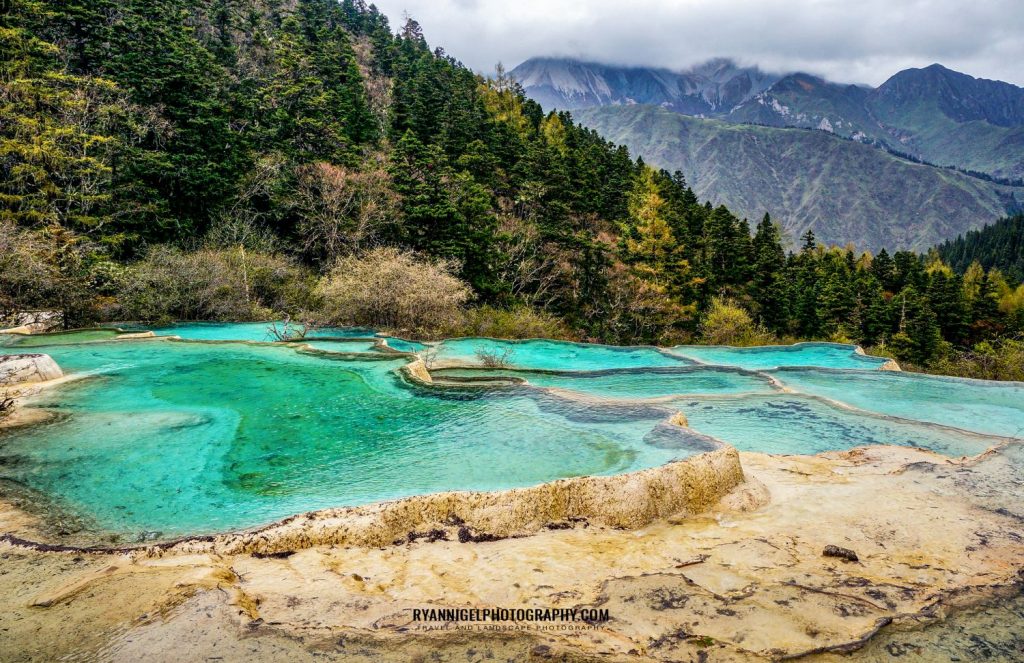
The Travel
Do you need to go to the far and distant places immediately ? No. First look closer at home and gain experience. Travel photography is very good planning, budgeting and research. Where do you want to go ? What is the best time to go ? When is the best scenery ? How do you get there ? How much does it cost to get there ? Transportation ? Can i get there by public transport ? What is there to see ? Are there festivals ? Local cultural and traditional places ? Are the local issues ? Is it save to go there ? Etc. You get the picture. Sort these things out for every trip/travel.
Money
Then there is money. Travel photography can be very very expensive. Believe me, i have traveled to some far and distant places and spend a fortune on getting there. Since you want to get the best out of your travel and spending, you really want to plan ahead. DO YOUR RESEARCH !!! I cannot say it more and louder. The last thing you want is to be cash strapped in the Himalayas for example. Not able to make it to the next big town where they have telephone coverage so you can call in some help. Or needing medical attention and not being able to pay for it. Sort out the finances and have a spare.
Have a plan and stick to it
Why ? Along the way you meet people, travelers, other photographers. I you are a novice travel photographer you might be overwhelmed with stories they tell you. And ‘stories’ influence your plans and so your budget if you not stick to your plan.
People tell you in great stories how fantastic the place was where they went and that you should go too ! Wow ! And many make the mistake to change their plans along the way. And they change it so much that little is left from the original plan and budget. In the end, they haven’t seen what they planned to see, they didn’t came back with the shots they wanted to make. Sure they have had other experiences, but what use is it to make a travel plan, start traveling and change it anyway ?
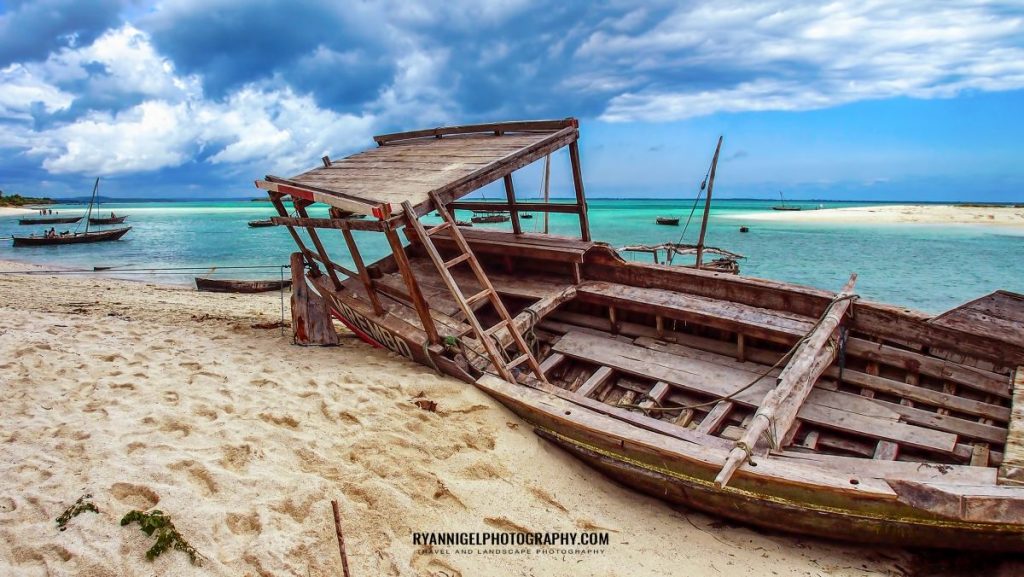
Where to go
Asia, America, Africa, South America, Russia, Australia, you name it. The way i plan where i want to go, goes like this: i watch a lot of documentaries. Travel, nature and other documentaries. Also i read a lot about places of interest like Patagonia and Raja Ampat for example. I look for places that are still very beautiful, not overrun by tourists and not mass-tourism places. I look for the culture, the traditions, the food, the way of life and what there is to see and to do in the area. So after some basic research i come up with a list of possible places to visit and then the planning starts.
Planning and budget
Now this topic is different for everyone. Example. I used to live in Asia, in Thailand and Indonesia. Two well traveled and cheap countries. These countries offer many natural beauty and many things to see. Also they have great cultural and traditional heritage. Since there are only 2 seasons: dry and wet season, it is quite easy to plan trips. Traveling in the area is quite easy and not expensive. Flights are dirt cheap with all the low cost airlines, cheap land transport, etc.
Now, i live in Switzerland. Planning became a complete new game and a new budget too. So when i want to go to the East in the northern hemisphere i have to travel from November to May to be in the sunny weather. If i want to go East and want to be in the southern hemisphere i have to travel from roughly from May to September to be in the sunny weather. You see planning depends on where you live or from where you wish to start. Flight tickets and other transportation can and will add up to the budget. In short: Planning an budget is how do you go from where you live to where you want to go and back within the time frame that you have set and how much does it cost.
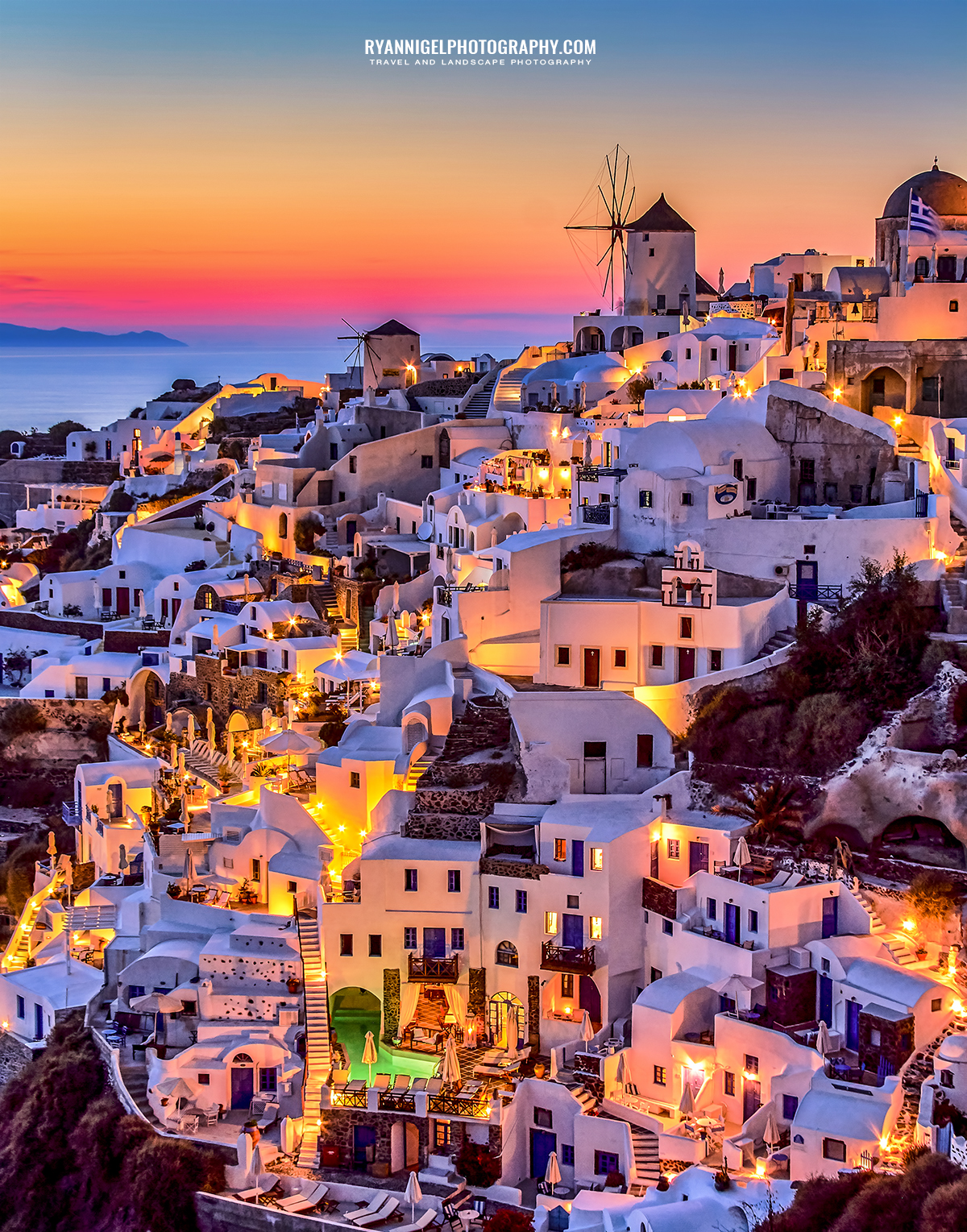
Most of your budget is transportation and accommodation. Flight tickets, buses, trains, taxis, hotels, guesthouses, etc. Second are the tours. Most places you can only reach get by tour or private service. The more remote, the more expensive. So do your research and do it good. Spend a couple of weeks on the internet to find your cheapest and most expensive way. Settle for somewhere in between.
Spending spree
Budget is really important. I have met enough people who where willing to sell their cameras, personal belongings, etc. to any just to get back home. When you go somewhere for the first time, you are overwhelmed by the people, the country, the experiences, just everything. It is important to stay focused and keep track on your budget. And you spend it so easy. “hey that is nice, its only 1 USD, and that is also nice, only 2 USD “. At the end of the day you have a bag full of stuff that you need to carry with you and you are down 10 to 40 USD, easily. For some not much, for others a lot. And if you do it 2 or 3 times a week, the budget is gone easily.
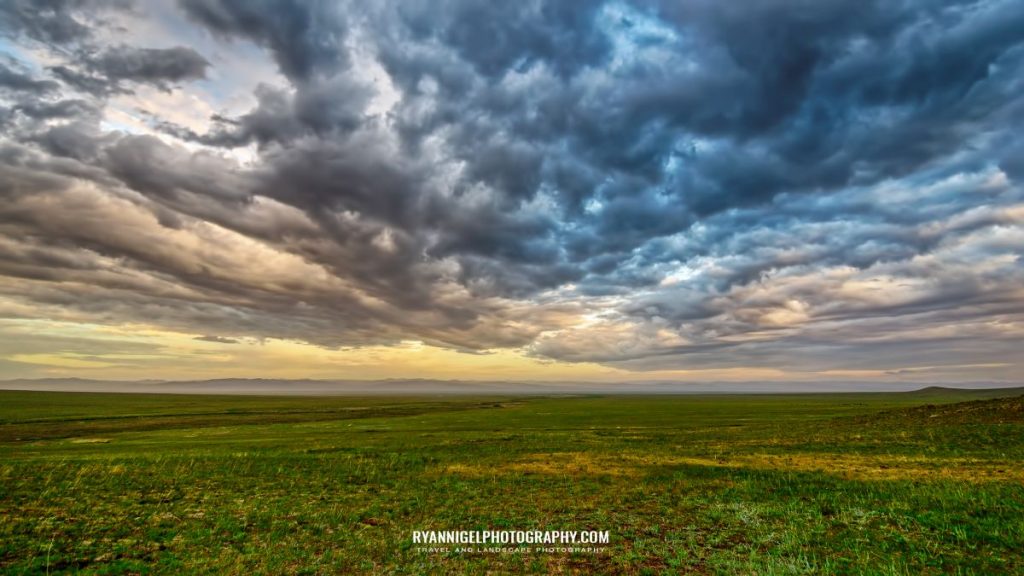
The Gear
Photo gear, there is lots of it. And it’s being updated nearly every year. Camera bodies, lenses, accessories, filters, etc. Do you need the latest and greatest or can you settle for less ? It all depends what you shoot, how, for who and where.
What do you need ?
For a while i thought that having the best gear would make you a good photographer. But how wrong was I 🙂 You can have the latest and greatest of photo gear but that doesn’t make you a better photographer. Even if you update your gear every time something new comes out. It’s a waste of lots of money and you are limiting yourself in ways that you don’t even know of. At the time i wrote this article the new Canon R5 and R6 mirrorless cameras came out. Nice cameras, expensive too. Lots of features. And that brings me to the point what its all about. DO YOU NEED IT ? What you want is different from what you need. Many many beginner photographers and even pro’s think that that they need it all. But how different is reality. 🙂
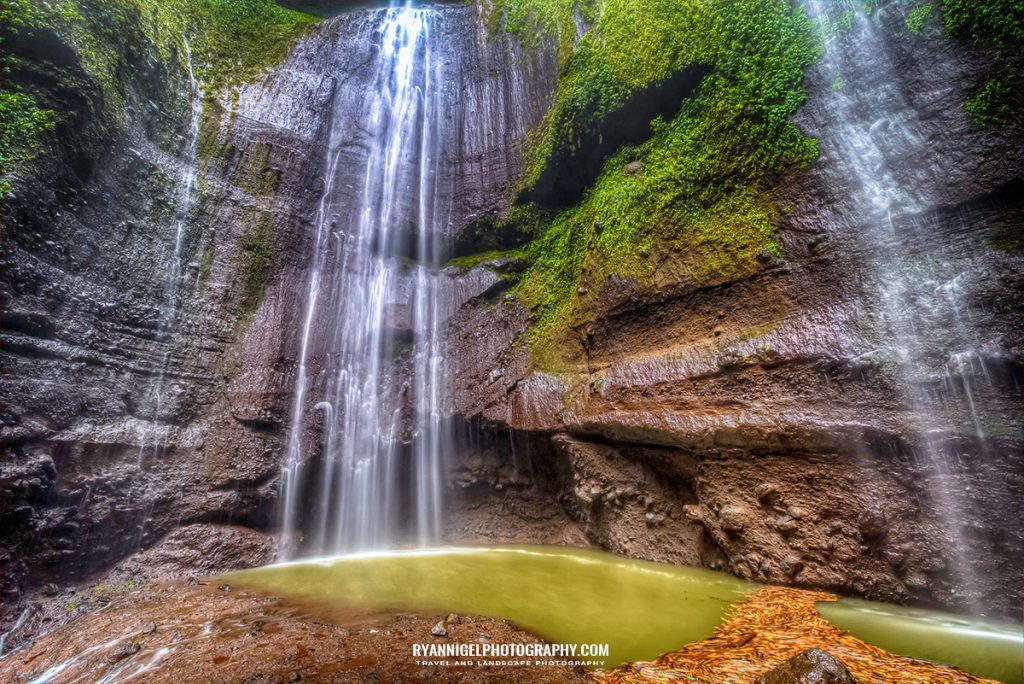
In my case, the issue is that nobody learned me what to do and how. I am a self taught photographer. And i learned the hard way. So below is my version of how i think you should start as a travel photographer.
How i started
I started with the brand Canon. With the Canon 10D, 20D, 30D APS-C bodies. Then i got into Full Frame with a Canon 5D Mk2 and Mk3 and even got a Canon 1Dx. Also with lenses, of course the holy trinity: 16-35mm 2.8L, 24-70mm 2.8L, 70-200mm 2.8L Mk2, 50mm 1.2L, 35mm 1.4L, 100mm 2.8L macro, 100-400mm 5.6L, TC1.4x and 2x. And those where just the Full Frame lenses. From the APS-C cameras i still had the 17-55mm 2.8, 10-22mm, 55-250mm. And some more. That is a lot of gear already and still have to add 2 flashes, filter sets, 2 tripods, 2 remote releases, 2 battery grips and some other stuff. And i was still looking for other and new gear ! Did i used it all ? Nope. Did i wasted a lot of money ? Yup.
So after a while i got a bit fed up with packing a separate LARGE back pack with JUST photo gear. And it was heavy. Especially when you have to carry it in 35 degrees Celsius, with a humidity of 80 to 90%. At one point you are done, just done. Fried. Carrying all that gear is just to heavy and it takes to long to open your heavy bag, getting the stuff you need, change lenses, etc. Sure nice photos, but also a lot of missed opportunities.
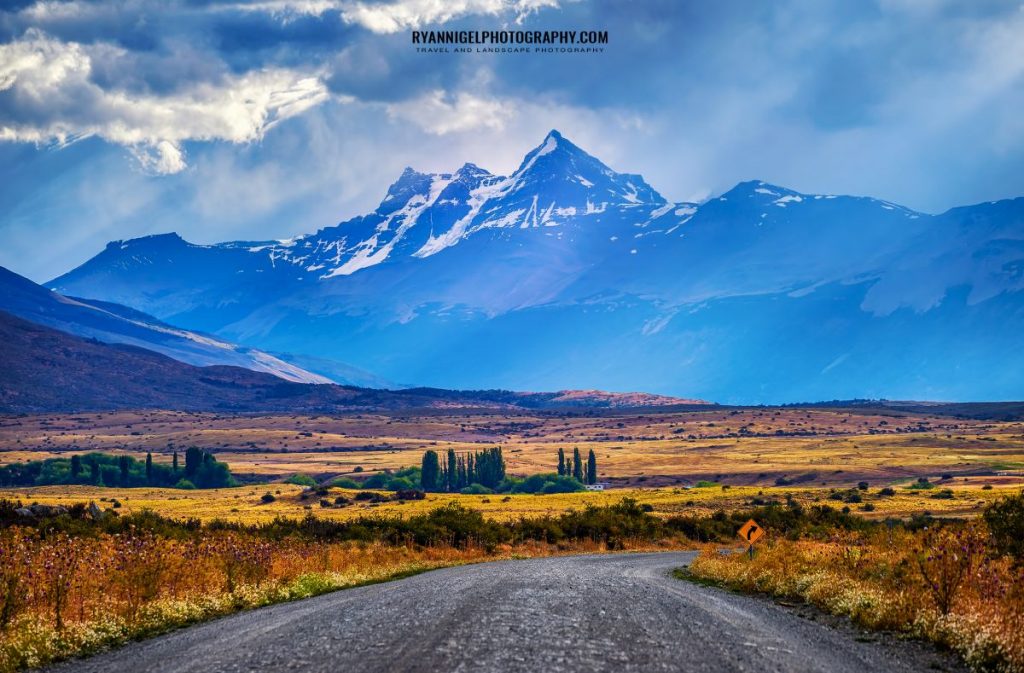
Below some important points to think about
1 Start with a camera body and lenses that are well within your budget. At this moment there are no bad cameras on the market. Any camera from any brand in the past 3 to 4 years you can buy and you can make beautiful photos with it. You only have bad photographers, pixel peepers, tech freaks, gear heads and the most annoying ones: brand lovers (those are people who kill you/curse you to hell, when you say something not nice about ‘their’ brand).
That is where the drama already starts. Which camera from which brand do you buy ??? Nikon, Canon, Fujifilm, Pentax, Olympus, etc. There is just so many. That is why it is important to set your budget. Look: if you want to be TRAVEL photographer, you should travel. And not spend all your hard earned cash on gear. What good is having the best and lots of gear when you cannot travel ? So make a budget. And always keep in mind: WHAT DO I NEED ? Not what you want.
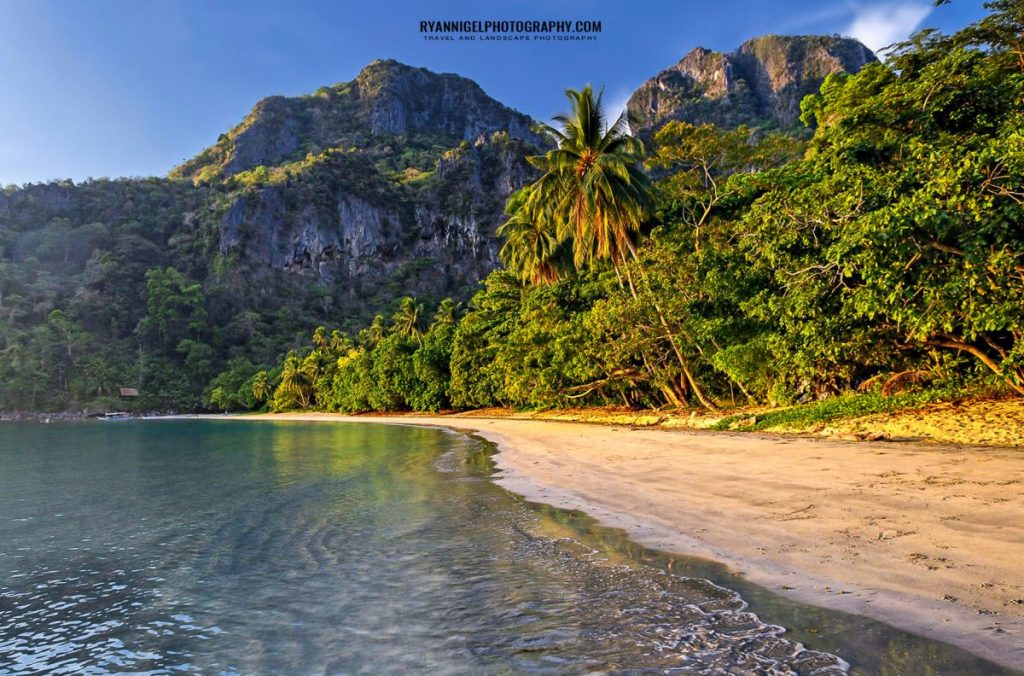
To give you an example how much gear can cost you: The latest Canon R5 goes for around 3900 USD. A camera like this should be paired with a matching lens and sets you back around 2500USD. Total already: 6400USD. That is a lot of money. But Canon is not alone. Sony can do the same ! And so Nikon ! So then you have 1 body and 1 lens. Add another lens, a wide one for example, and you can add another 2500USD to it. Then filters, extra batteries, tripod , etc. So you think 10,000USD is a lot ? It isn’t. That is why you need to sort out what you NEED.
2 Determine WHAT you want to shoot. Landscape, Portraits, Seascape, City and Architecture, Animals, Macro ? This is quite important because it determines your lens choice. Landscape and travel photographers tend to go for wide to standard zoom lenses. They hardly get long zoom lenses. Portrait shooters go for fixed focal lengths mostly in the longer range like 85 to 135mm and with very fast apertures. Animal shooters go for very long primes or zoom lenses. Usually something 400mm to 800mm.
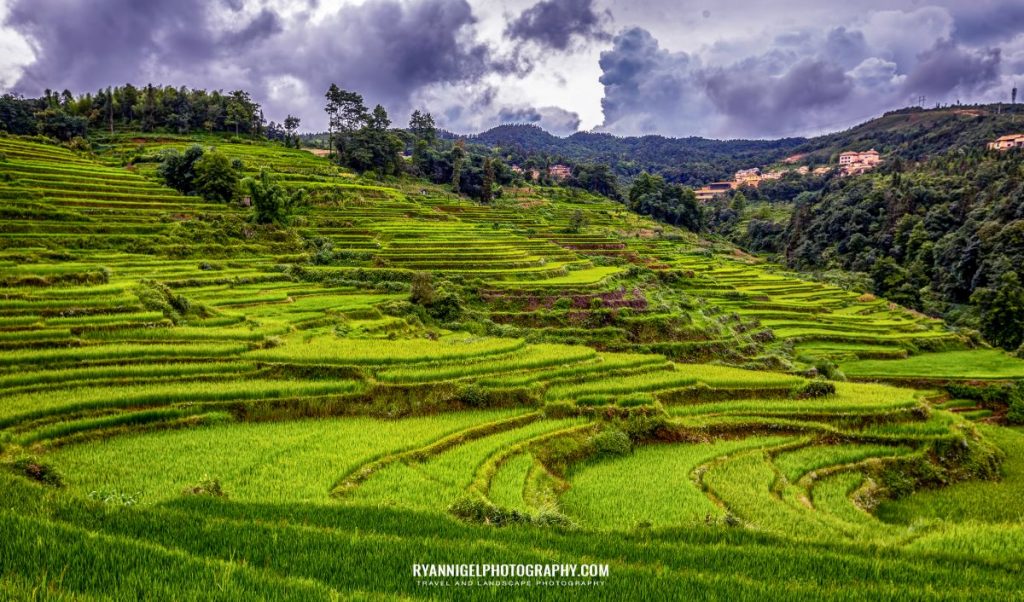
3 Accessories are a must. With this i mean you need filters. Especially when you are a travel photographer, 2 filters are a must and those are: ND (neutral density) and CPL (circular polarizer). Also a remote shutter release, a travel tripod and some extra batteries are a must. If you want to save money on filters just get step down rings. You get filters for the biggest size (diameter) of your lenses and use step down rings to use them on lenses with a smaller diameter. So my biggest lens is 77mm and so are my filters. With step down rings i can use these filters on my 58mm lenses.
4 Lens choice. Lenses like camera bodies come in many many forms and prices. Roughly there are 2 categories: Prime and Zoom. Primes are fixed focal length and tend to be sharper at certain apertures that Zooms. Zooms however are more flexible. You get a variety of focal lengths in 1 lens but at a cost: mostly at various and slower apertures.
Also zoom lenses tend to be not as sharp as primes. There are also zooms with fixed apertures over the complete zoom range but they are more, sometimes a lot more, expensive than the other ones. I, as a travel photographer, always choose zoom over prime. Why ? It’s the flexibility and when you choose your lenses wise, you can do it all with just 2 or 3 lenses. Another reason is that you have various focal lengths available at points where you have very limited movement. (read: you cannot walk forward or backward or sideways).
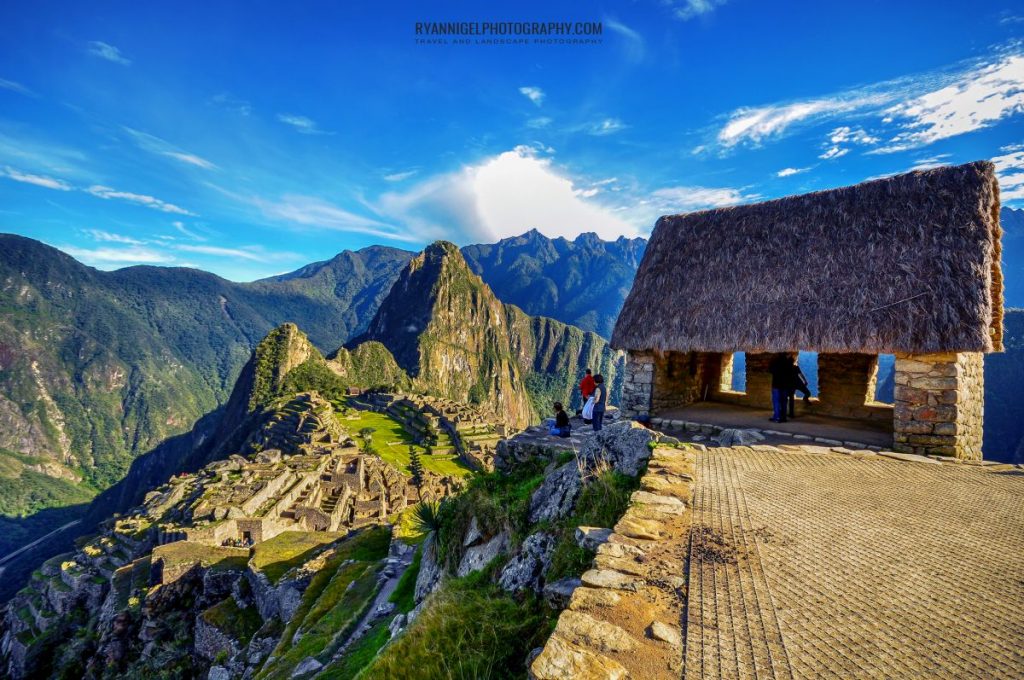
Develop you own style
For my style of shooting i often use wide to standard zoom. I always carry 2 lenses and 1 body. As i shoot with Fujifilm X cameras, the lenses are a 10-24mm F4 Fujifilm and a 16-80mm F4 Fujifilm. For a body i use a Fuji X-T30. This is my main travel set. With this set i can shoot anything from 10 to 80mm in APS-C. In Full frame that would be 15 to 120mm. As landscape is my main topic i don’t need very fast aperture lenses. I nearly always stop down my lenses to F8 or more. Now you see how important it is to determine WHAT you want to shoot. Because it determines the choice of your gear and therefore the money you gonna spend.
I sold it all
As said, i had a lot of Canon gear. I sold it. All of it. For multiple reasons actually, not only because it was to big and heavy. Then, having no gear, i bought a second hand Canon G1X. And went back to the basics of photography. Composition, exposure and post-processing. You don’t need an expensive camera to learn it all. Just one that can shoot RAW files. The G1X i bought because it was dirt cheap and it came with a free underwater housing. My plan was to to use it for underwater photography. Getting into underwater photography is a completely different story where gear is unlimited and prices go as far as the sky.
Back to my gear: i started to rent gear from various brands and tried various lenses with it. And i tried it all: Olympus, Nikon, Canon, Fujifilm, Pentax, etc. Full Frame, APS-C and M4/3. At the end, for my feeling, for my use, the Fujifilm X cameras and lenses came out as the best set. It was well within the budget and the gear is just great. Compact, light. With the rest of the money i started traveling. 🙂
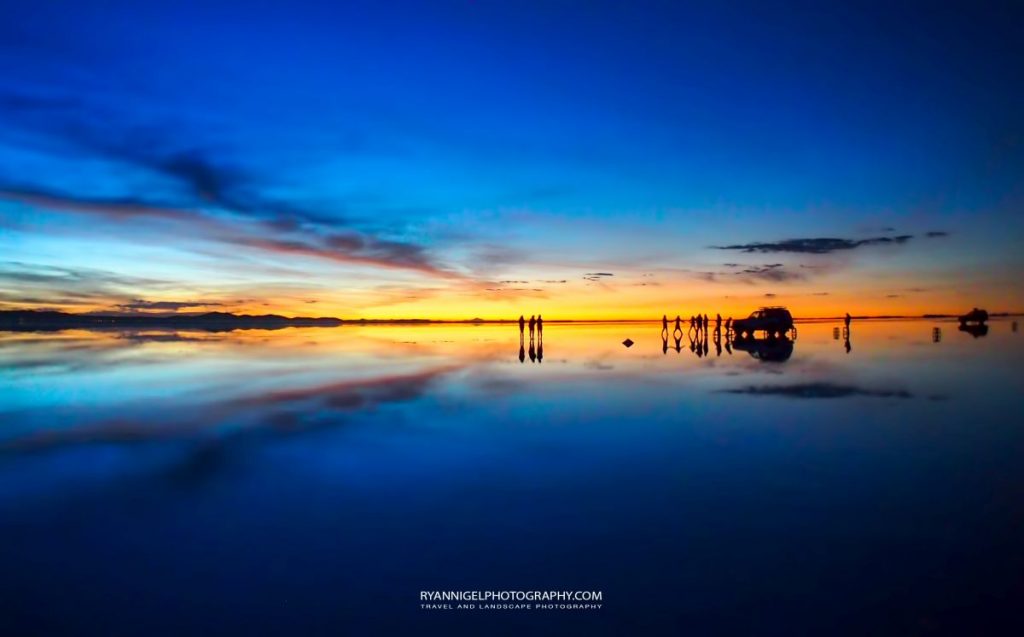
Second-hand Gear
Now, i buy second hand gear. First of all, i am never ever gonna drop 6500 USD for a body and one lens or 10,000+USD for a complete set. Second, you see many people get into photography. Buy the gear without thinking. And later, they find out that it is not their thing. They sell it cheap on auction sites. I just got a second hand X-T3 to replace the X-T30. The X-T30 i could sell on internet for some neat money which financed the second hand X-T3. And that is how i get my gear 🙂 Buy and Sell, second hand, even with lenses. You should know that there is so much good second hand stuff available. Really, it is worth getting into and it saves you a lot of money.
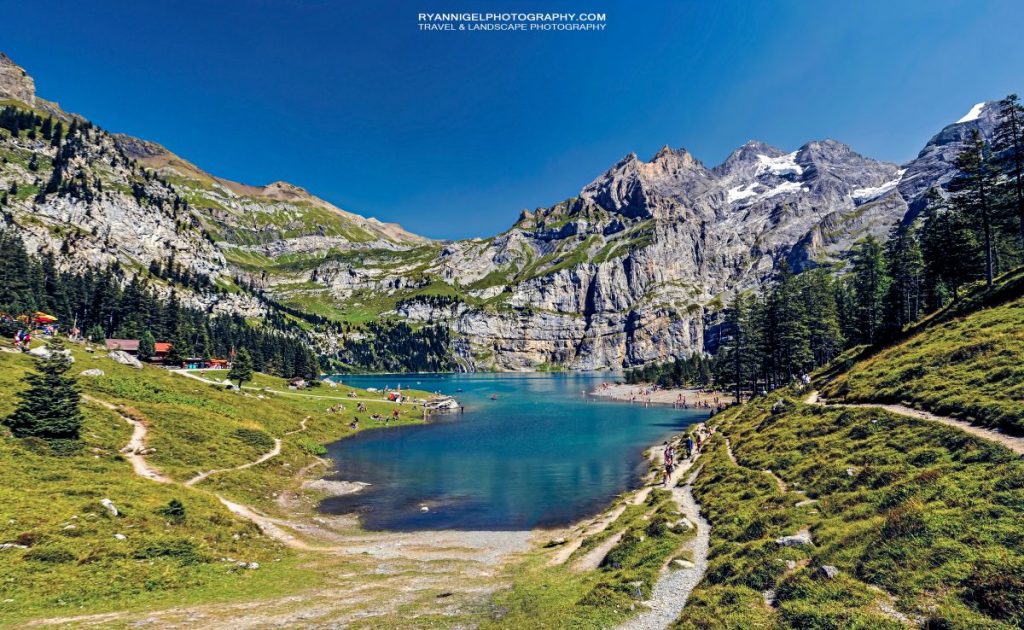
Some Advice
Travel Photography, or better, Photography in general, is not only about your camera and lenses. It is more, way more. Think about travel bags, laptop/desktop, storage, batteries, filters, post processing software.
1 Travel light. Every kilo or pound is one and you need to carry it. You think a bag of 5 to 6 kg is not heavy ? Wait until the end of the day. I have done Himalaya treks, multi day jungle trips, multi day sea travel, scuba diving, etc. The only thought that came back to me was: travel light. Bring only what you need. Minimize to a bare minimum what you need. Because you need to carry EVERYTHING.
But what about image quality !! ?? Bigger and more expensive cameras with big lenses do better !?? Besides that, i look like a Pro too !!?? Or ? Sure, some of the bigger cameras do so but do you need it ? Look if you shoot only for internet, why do you need a 45mp or more camera body ? To crop a wide photo to 5MP on screen size ? Second: a Sony A7 mk3 shoots about the same quality photos as the 61.2mp A7R Mk4 which is 2x more expensive.
So…. do you need it ? If you go for prints, well maybe. Depending how big the prints gonna be. Then there is the fact that top quality lenses are big and heavy, but most of all: expensive. And top quality lenses you pair with a top quality body. Those are not in the budget of a beginner travel photographer unless you have a sponsor or a really rich in-laws. 🙂
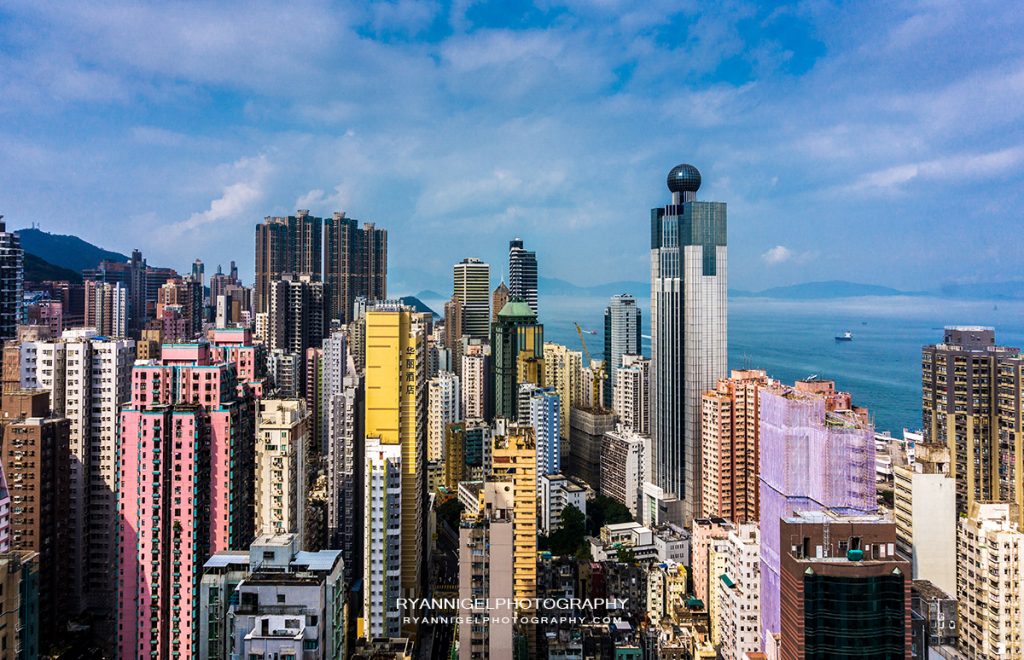
2 It’s a jungle out there. It really is. Don’t get lost in that jungle of gear and (wannabe) photographers who ensure you they know it all and what is the best for you. Only you know what is the best for you. You just need to spend time figuring it out. Look on Youtube: there are hundreds of gear review sites and all of them think they are the best and know it all. Just be honest to yourself: think what you need.
3 Know the techniques and photographic basics. Like composition, exposure and post processing. Know light. These are one of the most important points. Spend time knowing the basics. You need to know this BEFORE buying your gear. A good photo have good contrast, good composition and color (When shot in color). For composition is the Rule of Thirds a great guideline. Also always straighten you horizons. With simple things like these, your photo already looks better.
4 Get a good computer. It is worth investing in a good laptop or in a good desktop. I use a Dell XPS 15 with a 4K screen. Why the Dell ? Well by price you get a lot of computer for your money. Second the screen is color corrected (100% or something AdobeRGB) and 4K. Why not an MacBook Pro ? I used to have one. And ditched it. Apple became to expensive. Also the Dell have a speedy SD card reader build in and with the Mac you just need so much dongles because there are only Thunderbolt ports on it. Not that the Mac is bad or slow, its just a personal choice.
The gap between the top end Windows laptops and Macs is closed so even performance is up where it should be. My Dell costs me 2500 USD complete and a comparable MacBook Pro would come on 3000 USD WITHOUT the dongles. So add another 200 bucks for dongles etc. and the price difference is about 700USD which equals a return ticket to the Far East 🙂 (from where i live).
Another thing: same as with cameras: also in the laptop world the sky is the limit. Differences can be tiny….. so a Mac can do some things faster but its just a few seconds faster. I mean if you cannot wait 2 or 3 seconds more, then you are a pretty pathetic person. Things to check are the screen quality and color support: DCI-P3, AdobeRGB, 100%sRGB, (expandable) memory, and processor type. And we are only talking laptops now. With desktops, hey man, the sky is the limit !
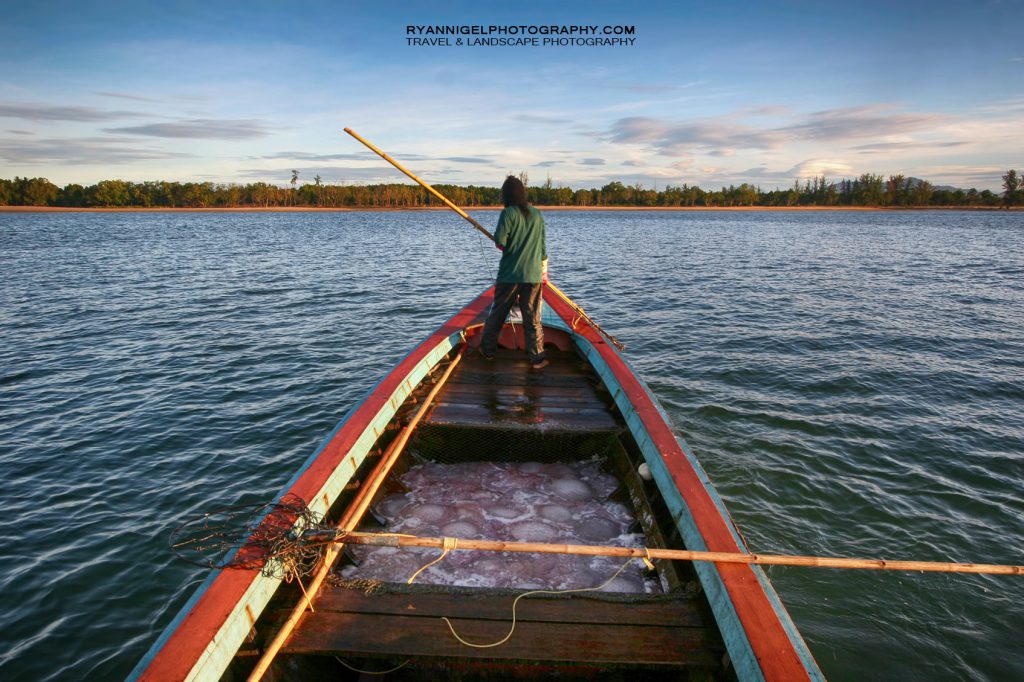
5 Storage. Get good storage. A few SSD’s or HDD are good to have. You can use the HDD’s at home to back up all your photos. When you travel you can use 1 or 2 SSD’s to go with you. And of course there is plenty of online storage. Google Drive, Dropbox, etc. But when you are in the jungle with no internet, hmmmm, you wish you have brought that SSD. (And spare batteries!). Also get SD cards, or whatever card your camera takes, with plenty of storage. Better to much and not (yet) use it, then need it and not have it.
6 Travel bag. Get a good waterproof one. I am a lot on the sea, sand and in humid to wet environments. So a waterproof bag is a must for me. My laptop, SSD, camera, 2 lenses, filters, batteries, chargers, etc. and travel tripod all fit in 1 waterproof messenger bag. I also have a waterproof backpack with can hold more. There is little room left for some clothes when i need a change of outfit 🙂
7 When choosing your gear look at the files how they behave when post processing. Some brands (like Canon) have very limited file flexibility compared to other brands. You can see this when you do shadow recovery for example. If you do a lot of post processing like i do, having flexible files is a must. Sony files and Nikon files are in my opinion more flexible than Canon files. Also the dynamic range (DR) is important. Canon DSLR cameras (APS-C and Full Frame) from the last 5 years have very bad DR compared to Nikon,Sony and Pentax for example.
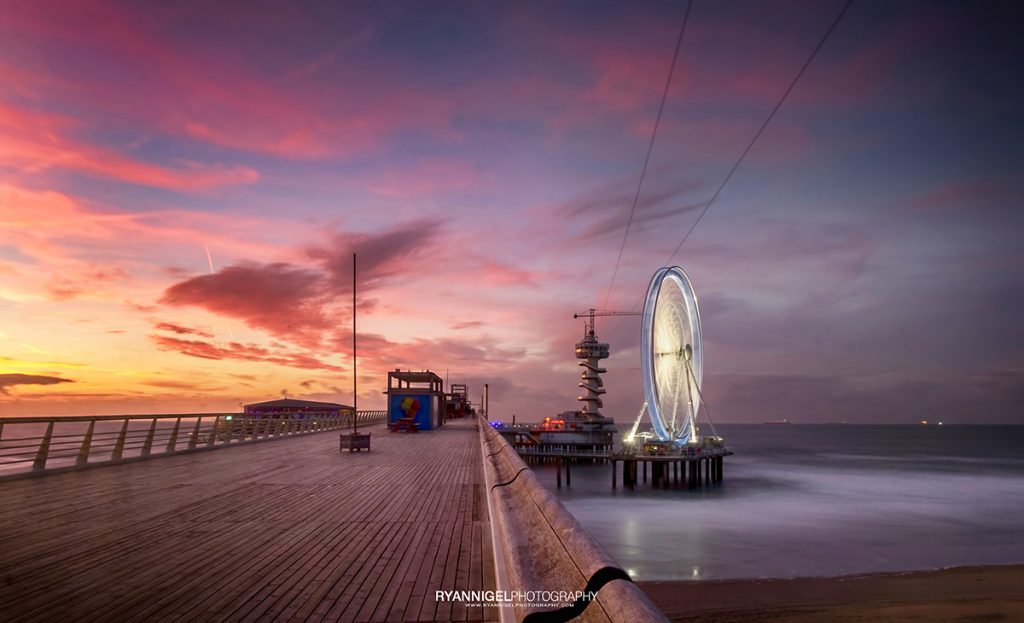
8 Feature sets on camera bodies. Don’t let yourself be overwhelmed by what a camera all can do. 8K, 4K120P, 20FPS, etc. Do a reality check. Are you gonna use all those features in your way of shooting and in reality ? Or can you settle for less ?
9 Determine what you are. A stills-only photographer ? Are you a videographer who also make some photos ? Or a Photographer who makes also some videos ? A video only person ? Quite important to know, because it determines which camera body you gonna get. And how much money you gonna spend on it.
10 Post Processing Software. Most people use Lightroom and Photoshop as they are the most known. you can find plenty online training how to use these programs on Youtube . other programs: C-One, RawTherapee, Darktable, Gimp and many more. See which one suits you best. With these alternatives you got everything from free versions to monthly paid subscriptions.
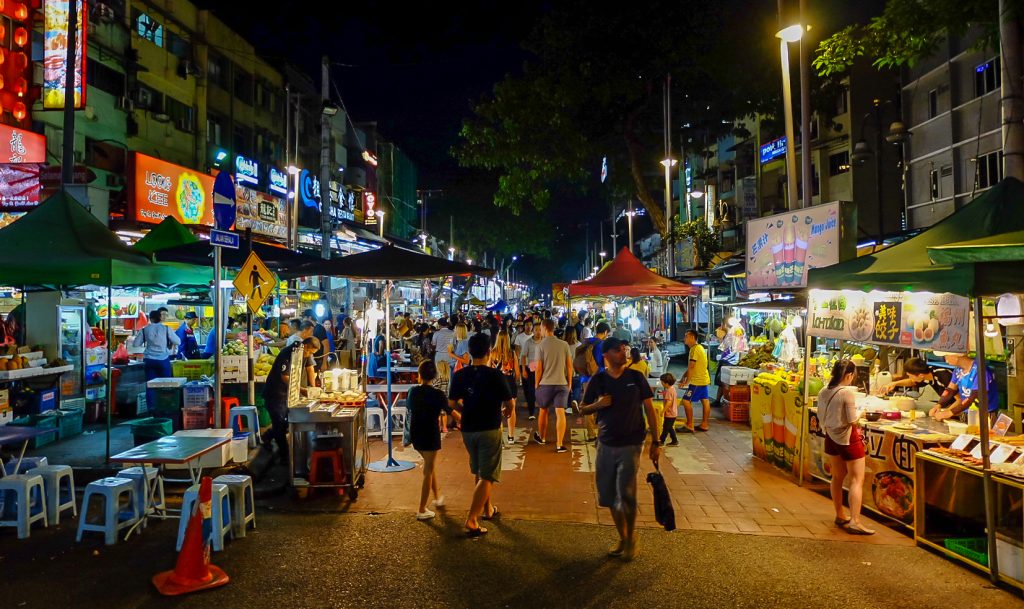
The Photography
Do you need to shoot the ‘best’ photo ? I don’t think so. What is the ‘best’ photo anyway ? Post processing software is so good these days, you can make a rubbish shot and still make it look good. And in the age of technology: AI is coming into post processing as well.
I think a travel photographer should try to tell a story. Like visual story telling. Work with contrasts, color, black and white. Try to document you travel. The experience that you had. The encounters with people, the connection with nature. Try to make that visible in a visual story.
Composition, how to choose your object, land/air/sky/sea separation, etc. these are all important topics for a travel photographer. The more you master these skills, the better you can tell a story in one shot. That brings me to the next point: is it important to tell everything in one shot ? To me, it is not. Myself, i shoot series of photos. Sometimes i stay for a day at a certain point/place/etc. Just to document the scene. In the end i got maybe 5 to 10 great shots, but they tell a story. For me that is what it is about. For you it is finding out what suits you best. One shot, series or both ?
Photography is a matter of taste. Like painting. One likes this style one likes that style. That’s why i say: ‘What is the best photo anyway “. I think that a photo can only be judged on its technical aspects. Like a straight horizon and good composition. The rest is personal taste.
Final
Travel Photography is more than shooting a beach, a sunset, a sunrise, a boat, a car. To me, travel photography is everything. From people to food, from beach to mountains, from culture to traditions. From color to black and white, from dusk till dawn. That’s why i love what i do, it gets you connected to the real world, the countries, the places, the food, the people, the travel. And everything i have missed in that sentence. 🙂 You learn so much and enrich your mind.
So there you have it, my basics, my start as a travel photographer. Maybe later i write an article about how to advance to a higher level. But for now, just get yourself sorted with the points mentioned above and start traveling and shooting photos. Gain on that experience ! Happy travels and photographing !